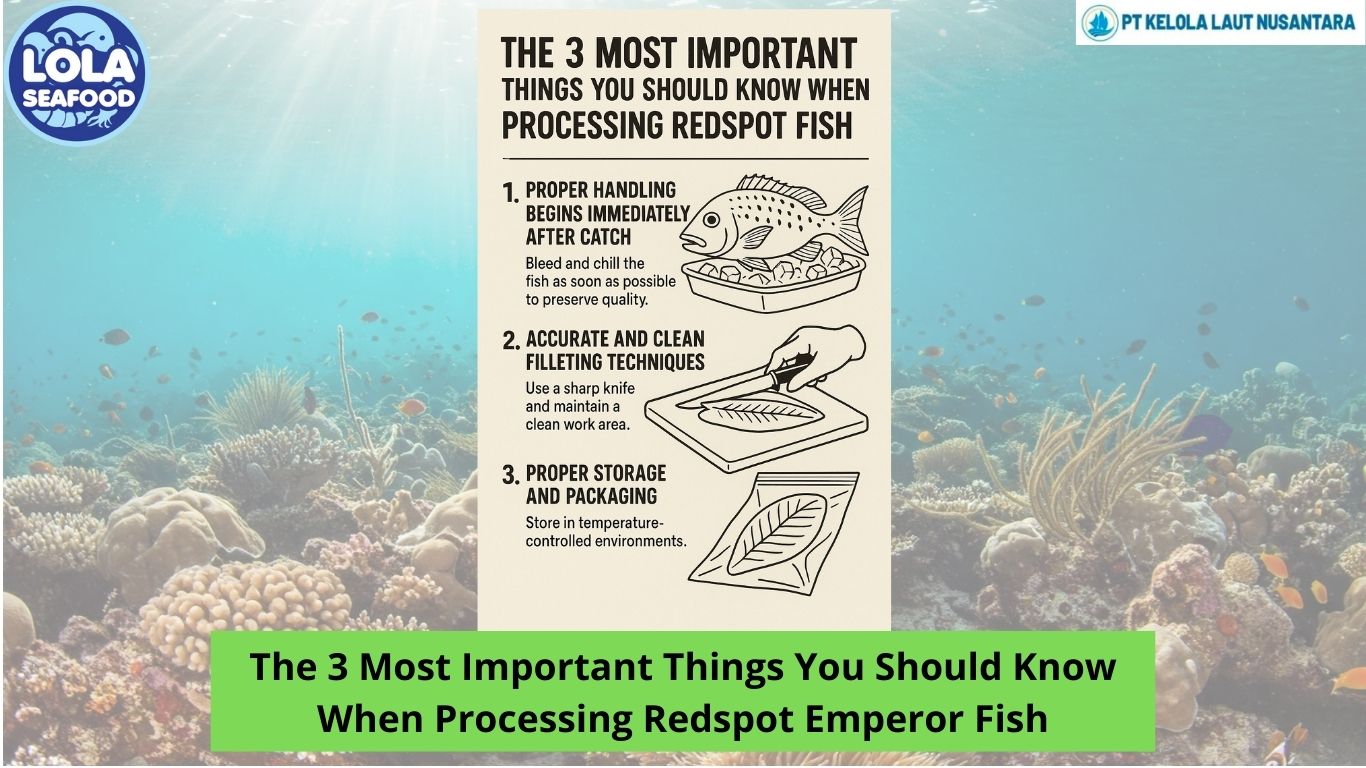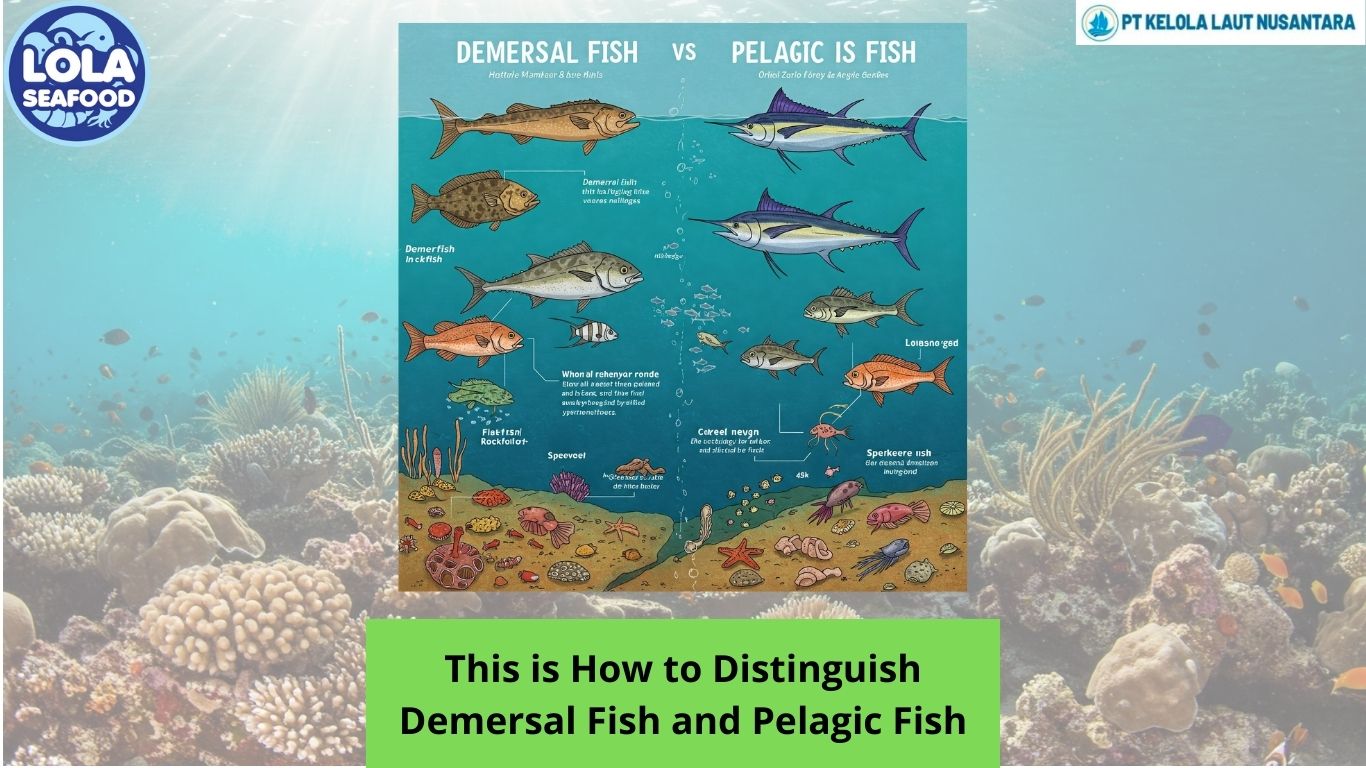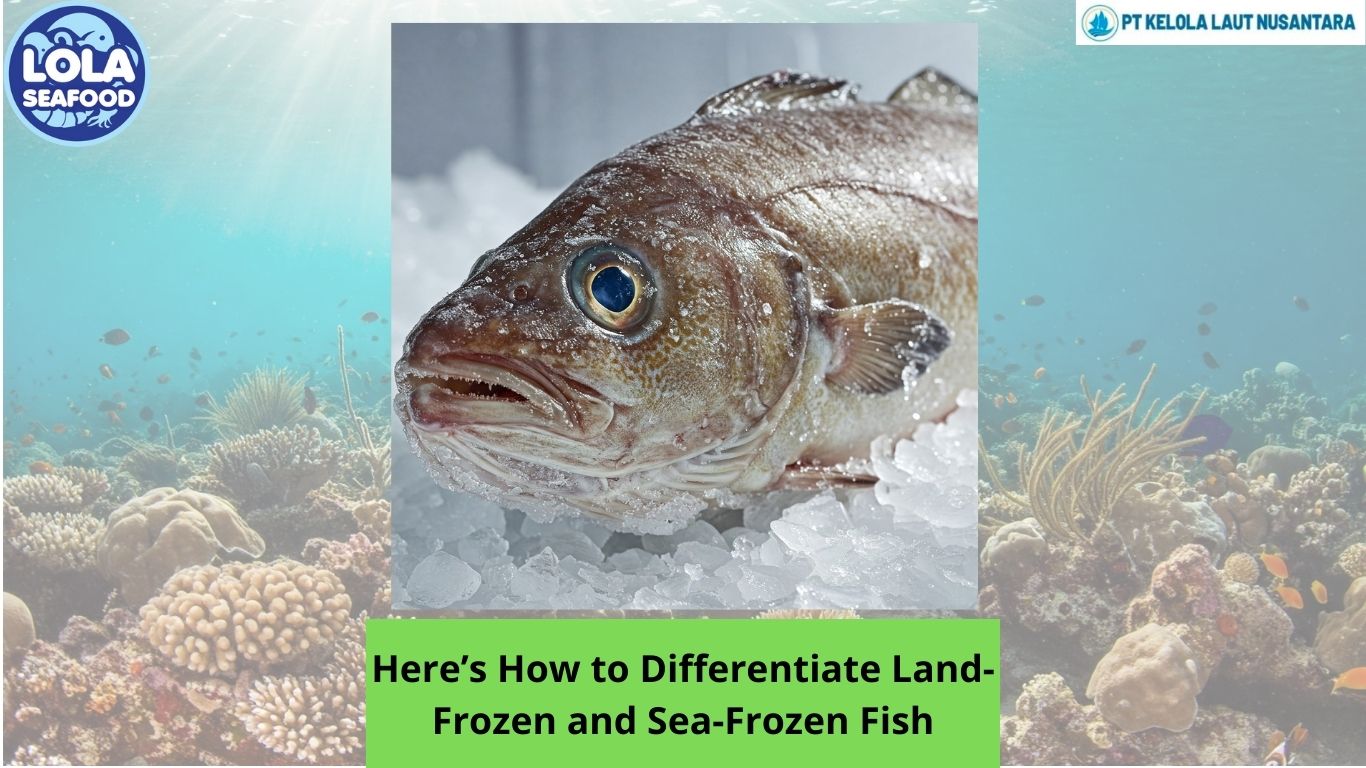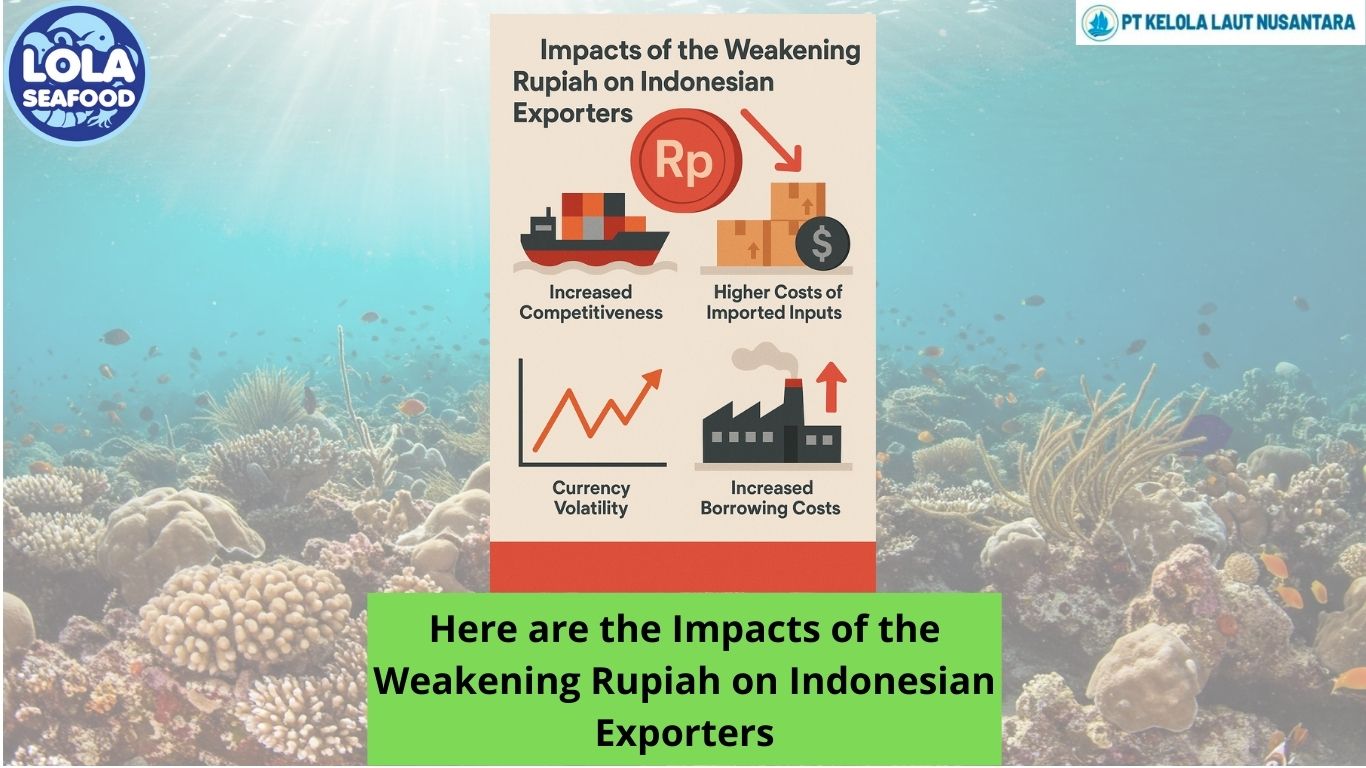Creativity in Fish Processing Innovative Techniques and Ideas
By. Najih - 24 Sep 2024
The art of fish processing is evolving, blending traditional methods with modern innovations. As the seafood industry grows, so does the need for creative approaches to enhance flavor, sustainability, and presentation.
Innovative Techniques
1. Sous Vide Cooking
This technique involves vacuum-sealing fish and cooking it in a water bath at precise temperatures. Sous vide enhances the natural flavors and maintains moisture, resulting in perfectly cooked fish with a tender texture. This method allows chefs to experiment with various marinades and flavors.
2. Fermentation
Fermenting fish is an ancient technique that is gaining popularity in modern cuisine. Fermented fish products, such as fish sauce or pickled herring, introduce unique umami flavors and promote gut health. Chefs are now incorporating fermented elements into contemporary dishes, offering a twist on traditional seafood.
3. Smoke Infusion
While traditional smoking techniques have been used for centuries, modern smoke infusers allow chefs to experiment with different wood chips and flavors, creating distinctive smoked fish products. This method can be applied to a variety of fish, adding depth and complexity to dishes.
4. Creative Marinades
Innovative marinades can transform the taste of fish. Chefs are increasingly experimenting with ingredients like miso, fruit purees, and global spices to create unique flavor profiles. These creative marinades not only enhance taste but can also tenderize the fish.
5. Presentation Techniques
How fish is presented can significantly impact the dining experience. Creative plating, such as using fish roe as a garnish or serving fish on colorful vegetable pure es, adds visual appeal. Chefs are also utilizing unique serving vessels, like slate or wooden boards, to enhance the overall aesthetic.
Sustainability and Creativity
Sustainability is a driving force behind creativity in fish processing. Innovative practices such as upcycling fish by-products using fish bones for stocks or scraps for pates reduce waste and create new culinary opportunities. This approach not only supports sustainable practices but also encourages chefs to think outside the box.

.jpg)
.jpg)
.jpg)




